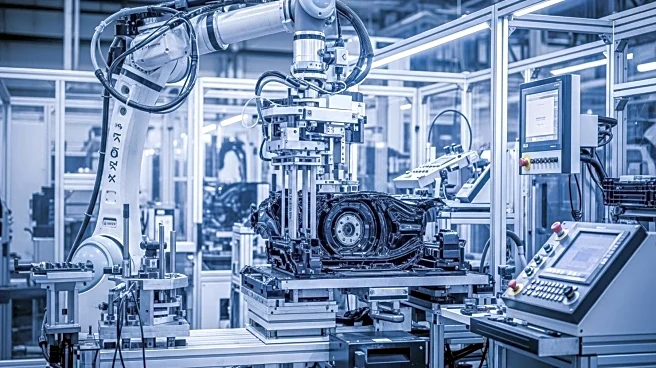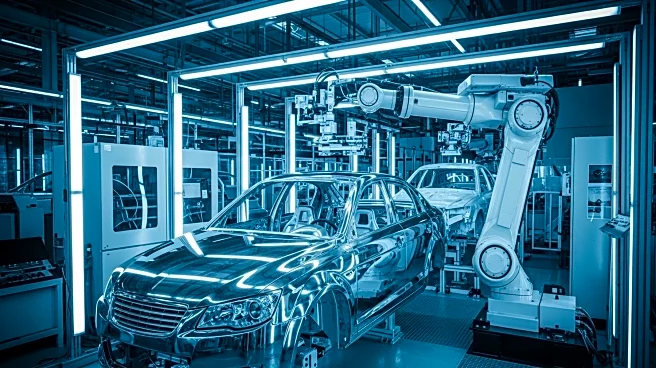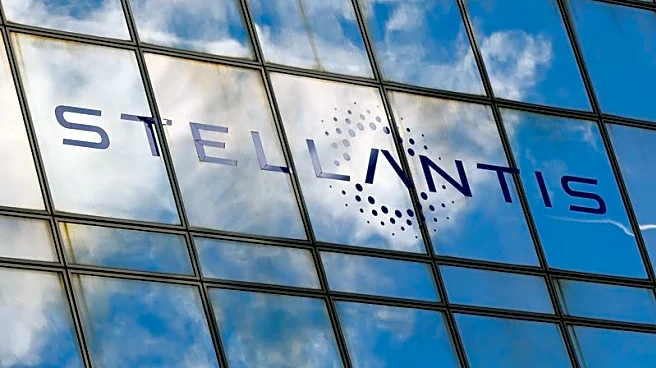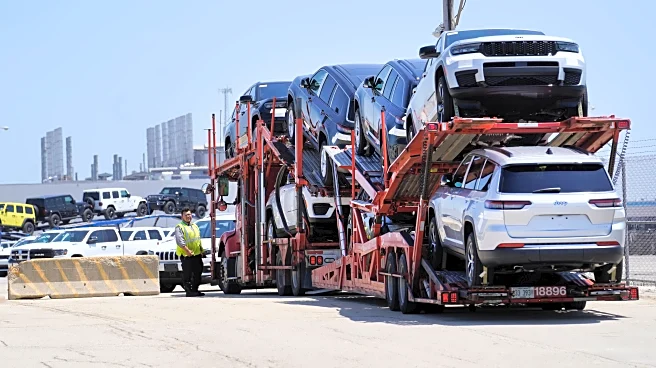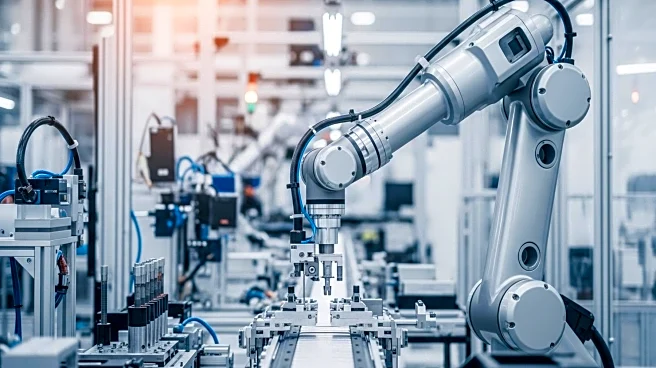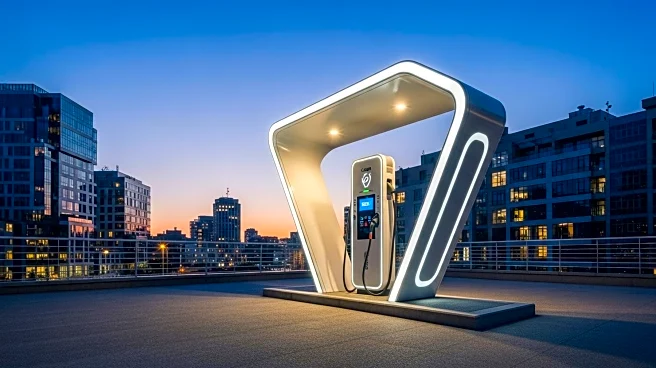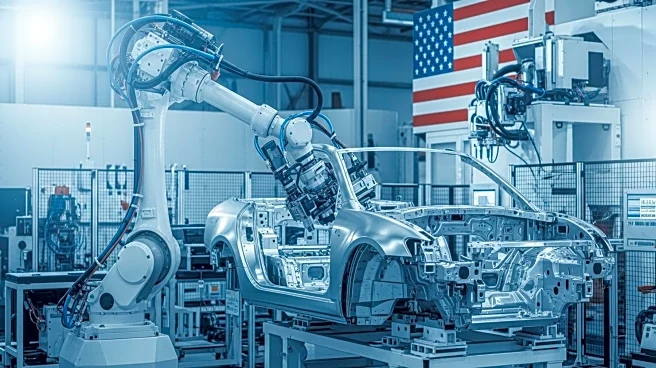What's Happening?
Stellantis, the international automaker that owns brands such as Chrysler, Jeep, and Ram, has announced a $13 billion investment to enhance its U.S. manufacturing capabilities over the next four years.
This strategic move is part of a broader revival plan led by Stellantis' new CEO, Antonio Filosa. The investment will focus on developing and producing five new vehicles by 2029 across factories in Illinois, Ohio, Michigan, and Indiana. Notably, the plan includes the reopening of the Belvidere Assembly Plant in Illinois, which will facilitate the expansion of Jeep Cherokee and Jeep Compass production for the U.S. market. The initiative is expected to create over 5,000 jobs. Unlike previous investments, this plan does not prioritize electrification, although it includes a range-extended EV to be produced at the Warren Truck Assembly Plant in Michigan starting in 2028.
Why It's Important?
This substantial investment by Stellantis underscores the company's commitment to strengthening its manufacturing footprint in the United States, which is crucial for its growth strategy. By expanding production capabilities and creating thousands of jobs, Stellantis aims to bolster its presence in the U.S. automotive market. The decision to focus less on electrification reflects a strategic shift in response to market demands and regulatory changes. This move could impact the competitive landscape, as other automakers continue to prioritize electric vehicle production. The investment also highlights the importance of manufacturing jobs in the U.S. economy, potentially influencing local economies in the states where Stellantis operates.
What's Next?
Stellantis plans to roll out five new vehicles by 2029, including a range-extended EV and a large gas-powered SUV. The company will also introduce a next-generation Dodge Durango and a new midsize truck, along with a new four-cylinder engine called the GMET4 EVO. These developments are expected to enhance Stellantis' product lineup and market competitiveness. As the company progresses with its investment plan, stakeholders such as local governments and labor unions may engage in discussions regarding job creation and economic impacts. Additionally, Stellantis' strategic shift away from electrification may prompt reactions from environmental groups and industry analysts.
Beyond the Headlines
Stellantis' decision to scale back its electrification plans in the U.S. market raises questions about the future of electric vehicles in the automotive industry. While the company remains committed to producing an extended-range Ram 1500 REV, the cancellation of other electrified models suggests a reassessment of consumer demand and regulatory environments. This shift could influence broader industry trends, as automakers navigate the balance between traditional and electric vehicle production. The reopening of the Belvidere Assembly Plant also highlights the importance of revitalizing existing manufacturing facilities to support economic growth and job creation.
